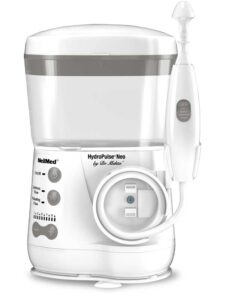Asthma or Ventricular Dysphonia?
Asthma or Ventricular Dysphonia?
This is an uncommon condition that few persons would ask me about. The reason for including ventricular dysphonia here is that when this is misdiagnosed, the results can be tragic and ruin a person’s life.
This condition takes place when people speak and breathe incorrectly. Normally the vocal cords open wide as you inhale and come together as you exhale. When you speak, the air easily passes out between the vocal cords, and the cords vibrate to make the speech sound. In some cases, however, the speech is made with the ventricular bands, above the vocal cords, not the vocal cords proper. As the bands come together during inhalation, it sounds squeaky, raspy, almost a grunting. A wheeze is heard that sounds just like asthma. Because of the narrowing of the opening, less air reaches the lungs. Louie Armstrong had a ventricular dysphonia voice, as do a lot of ventriloquists, but fortunately no signs of asthma.
In 1983, physicians at National Jewish Hospital For Asthma in Denver reported this condition that may mimic asthma. They called it Vocal Cord Dysfunction, VCD. VCD causes asthma-like symptoms because of an abnormal closing of the vocal cords. VCD can cause difficult breathing and even wheezing. Based on these symptoms, many people with VCD may be diagnosed with asthma and treated with asthma medications, including oral steroids.
The problem is that the only symptoms of VCD are an unusual voice and wheezing. Even the pulmonary function studies are nearly normal. The diagnosis of VCD consists of recognizing the voice characteristics, looking with an instrument, the flexible laryngoscope, and seeing the ventricular bands come together to make the unusual voice. Unfortunately, patients often show up in the emergency room and tell the doctor they have asthma. Since they sound like asthma, they are often given all kinds of serious medication, including steroids. Until the condition is diagnosed, they may be on cortisone for a long time and on high doses because they are not getting well, and this can lead to complications.
Another problem is that the ordinary way of viewing the larynx, with the doctor holding the tongue and inserting the mirror in the back of the throat may not give the diagnosis because he doesn’t see the true function of the cords as he would with the special flexible laryngoscope. (a telescope that passes easily to the larynx)
Once you are diagnosed with VCD, you can begin a specific treatment program. Speech therapy is a very important part of the treatment for VCD or ventricular dysphonia. Special exercises increase your awareness of abdominal breathing and relax your throat muscles. This enables you to have more control over your throat. You will learn to practice these exercises while you are symptom-free in order to effectively use the exercises during VCD episodes. These exercises help overcome the abnormal vocal cord movements and improve airflow into your lungs. The patient is taught to make a breathy sigh to uncover his normal voice. Another important part of treatment is supportive counseling. Counseling can help you adjust to a new diagnosis and a new treatment program. Counseling can also help you identify and deal positively with stress which may be an underlying factor in VCD. Most people with VCD find counseling to be very beneficial.
Very few cases of asthma are ventricular dysphonia, as are very few cases of laryngitis, but the results of misdiagnosing this condition are so serious, I feel it is beneficial to make patients aware of it. If you suspect this condition, Jewish Hospital in Denver has the most experience with this condition. In other areas an ear nose and throat specialist has the necessary instruments for diagnosing this problem.
Click Here to return to the top of this document.

